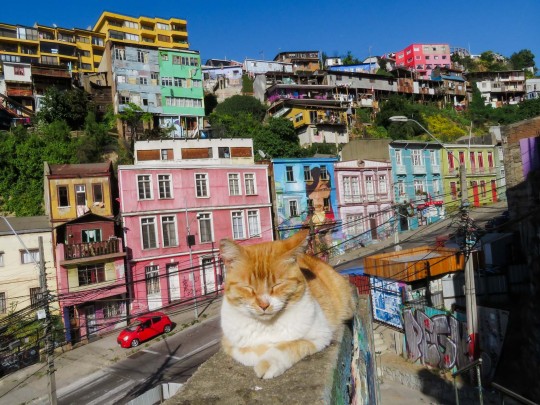#Chile
Explore tagged Tumblr posts
Text
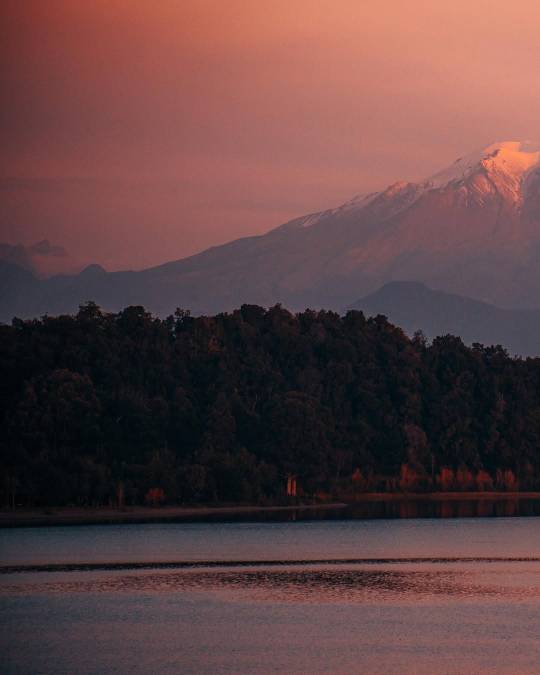
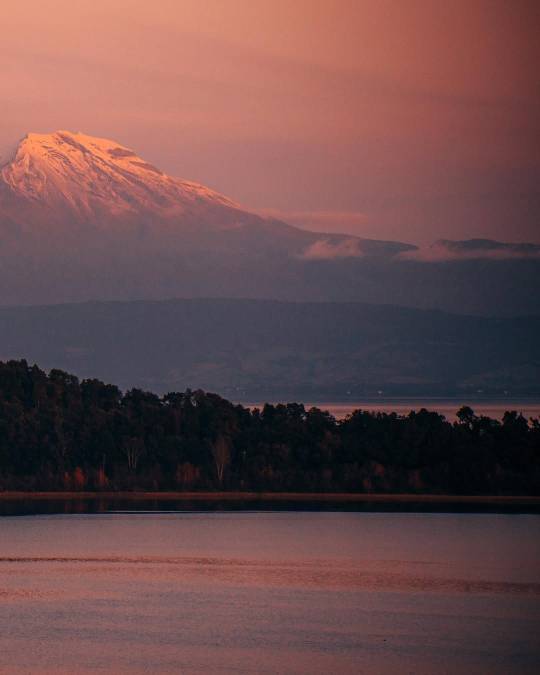
Calm
Volcán Calbuco, Puerto Octay, Los Lagos, Chile.
#photography#art#nature photography#photographers on tumblr#landscape photography#artists on tumblr#volcano photography#winter photography#sunset photography#adventure#landscapes#los lagos#chile#patagonia#mountains#nature#aesthetics#lensblr#south america#patagonia chilena#volcano#volcan calbuco
707 notes
·
View notes
Text
Would you like to see more?

#south america#brazil#colombia#argentina#uruguay#peru#venezuela#chile#ecuador#bolivia#paraguay#New York#Tokyo#London#Los Angeles#Paris#Beijing#Shanghai#Hong Kong#Singapore#Chicago#San Francisco#Sydney#Toronto#Seoul#Moscow#Dubai#Mumbai#São Paulo#Mexico City
8K notes
·
View notes
Text
Aprendí amar a la vida y entendí lo que realmente era amor cuando tuve a un gato ...
Recomiendo a todos tener una mascota una vez en su vida si está en sus posibilidades, sentir el amor incondicional de un ser es impagable.
Ellos son parte de nuestra vida, pero para ellos lo somos todo.
En la humanidad hay excepciones, pero siento que se puede entender el carácter de una persona por como trata su entorno, uno de ellos, es el trato a los animales.
Ramsarr.
4K notes
·
View notes
Text
In Chile and all South America we are suffering Operation Cóndor 2.0. GLADIO has NEVER stopped. In Chile they are trying to put agents of CIA made Pinochet dictatorship as president In this next elections. The only candidate to stop them is a communist women that even the pathetic liberal scum that is now the Communist Party is rejecting: Jeannette Jara. But the last time we have a landscape like this? Our socialist president, democratically ellected ny the proletariat, Salvador Allende was killed and we were put under dictatorship and the upper class families helped CIA to attack other countries, including Brazil. That never stopped. Bolsonaro? He received help from Chilean far right, to name one? José Antonio Kast, descendent of actual nazis and collaborator of pinochet. Milei in Argentina? That was Kast and the other nazi bastard children Axel Kaiser, who also is the nefew of pedophile nazi Paul Scheffer, creator of the religious cult/torture pedo rape concentration camp Colonia Dignidad. If the far right of Chile is doing work in Brazil I will not be surprised, they have always be conspiring against South America, not just since the 1973 USA coup. Evelyn Matthei is no better, all of her family are nazi war criminals and pinochetists, she was an agent. Chile is USA military outpost and CIA base in South America, including the Israelis too (yes, they are see if is possible to install a micro nation/base of Israel in the south of the country that historically has been house for pre nazi genocidal german colonisers, nazis, yankees, and zionists).
If we want freedom for Brazil, South America must work as one, destroy every single imperialist (families, religious agents, companies, political parties, military, specially workers of educational institutios, etc) in Chile and that every country becomes socialist bc if Chile keep being like now there is no safety in the region. La Gran Suramerica must be a reality, if not we will never break free of Operation Cóndor.
well, this is it. It's official now.

The US is openly punishing Brazil for the crime of upholding our democracy. In front of the whole world to see.
Read this and never forget Brazil is not the first and it will not be the last. Remember the Monroe Doctrine and Operation Condor. This is just an overt display of imperialist interference in Latin America's internal politics. But they've been at it for over a century.
#brazil#chile#south america#america del sur#suramerica#salvador allende#operation condor#operation gladio#socialism#latam tag#argentina#argentag#anti imperialism#imperialismo yankee#usa is a terrorist state#genocide#antifascist#communism#class war#proletariat#caribe#anti zionisim#antizionist#free palestine#anti israel#anti capitalism#anti capitalismo#anti colonialism
6K notes
·
View notes
Text
🔴 URGENTE: Así se espera que sea la evolución del tsunami en las próximas horas
86 notes
·
View notes
Text
Would you like to see more?
#south america#brazil#colombia#argentina#uruguay#peru#venezuela#chile#ecuador#bolivia#paraguay#Albania#Andorra#Armenia#Austria#Azerbaijan#Belarus#Belgium#Bosnia and Herzegovina#Bulgaria#Croatia#Cyprus#Czech Republic#Denmark#Estonia#Finland#France#Georgia#Germany#Greece
1K notes
·
View notes
Photo
Documental en español/Documentary with english subtitles
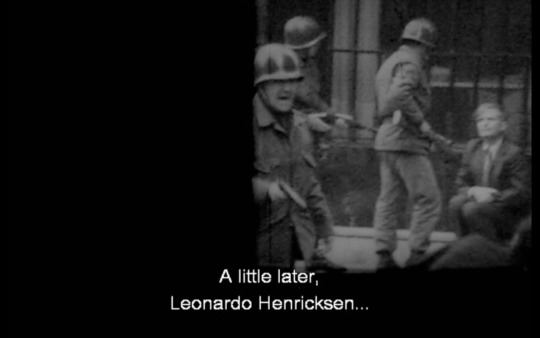
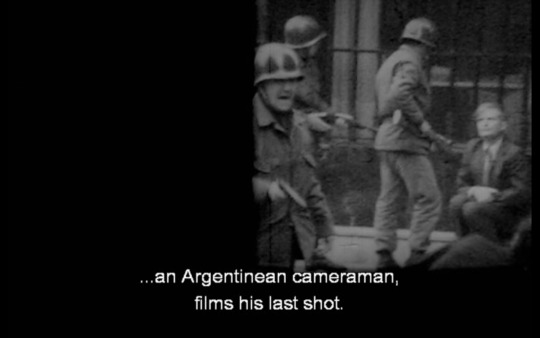
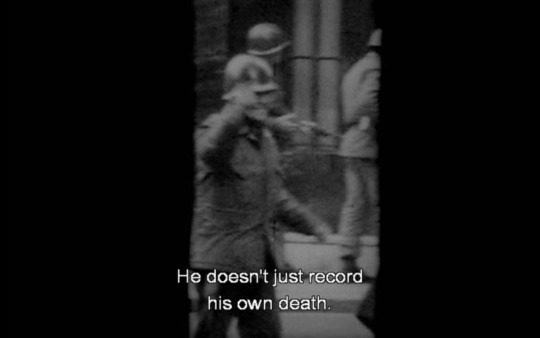
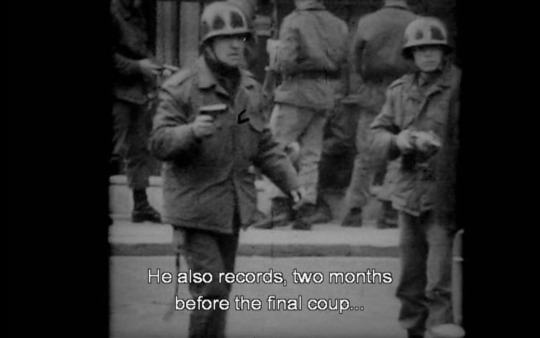
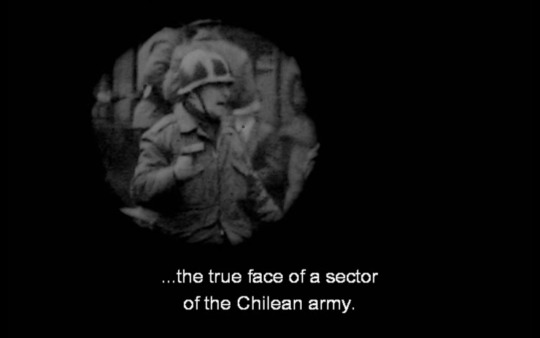
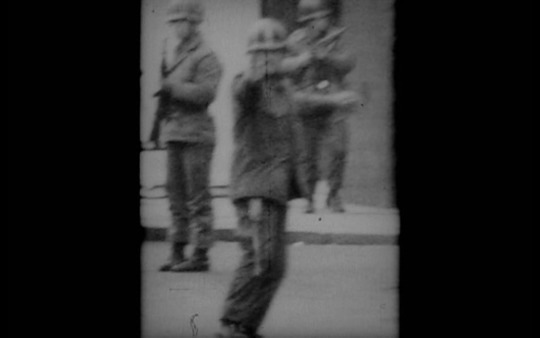
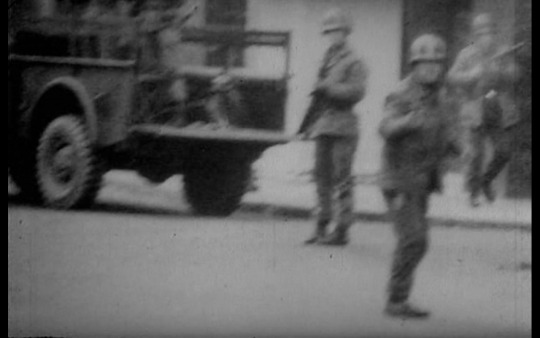

The Battle of Chile: Part 1: The Insurrection of the Bourgeoisie (Patricio Guzmán, 1975)
#film#the battle of chile#the insurrection of the bourgeoisie#patricio guzmán#documentary#chile#latam tag#us imperialism#anti imperialism#anti facist#anti colonialism#usa is a terrorist state#gladio#operation condor
299 notes
·
View notes
Text


Winter colors
Volcán Osorno, Ensenada, Los Lagos, Chile.
#photography#art#nature photography#landscape photography#photographers on tumblr#artists on tumblr#forest photography#volcano photography#winter photography#sunset photography#landscapes#adventure#los lagos#chile#nature#mountains#aesthetics#lensblr#volcan osorno#patagonia#winter#volcano#south america
5K notes
·
View notes
Text
"With Donald Trump set to take office after a fear-mongering campaign that reignited concerns about his desire to become a dictator, a reasonable question comes up: Can nonviolent struggle defeat a tyrant?
There are many great resources that answer this question, but the one that’s been on my mind lately is the Global Nonviolent Action Database, or GNAD, built by the Peace Studies department at Swarthmore College. Freely accessible to the public, this database — which launched under my direction in 2011 — contains over 1,400 cases of nonviolent struggle from over a hundred countries, with more cases continually being added by student researchers.
At quick glance, the database details at least 40 cases of dictators who were overthrown by the use of nonviolent struggle, dating back to 1920. These cases — which include some of the largest nations in the world, spanning Europe, Asia, Africa and Latin America — contradict the widespread assumption that a dictator can only be overcome by violence. What’s more, in each of these cases, the dictator had the desire to stay, and possessed violent means for defense. Ultimately, though, they just couldn’t overcome the power of mass nonviolent struggle.
In a number of countries, the dictator had been embedded for years at the time they were pushed out. Egypt’s Hosni Mubarak, for example, had ruled for over 29 years. In the 1990s, citizens usually whispered his name for fear of reprisal. Mubarak legalized a “state of emergency,” which meant censorship, expanded police powers and limits on the news media. Later, he “loosened” his rule, putting only 10 times as many police as the number of protesters at each demonstration.
The GNAD case study describes how Egyptians grew their democracy movement despite repression, and finally won in 2011. However, gaining a measure of freedom doesn’t guarantee keeping it. As Egypt has shown in the years since, continued vigilance is needed, as is pro-active campaigning to deepen the degree of freedom won.
Some countries repeated the feat of nonviolently deposing a ruler: In Chile, the people nonviolently threw out a dictator in 1931 and then deposed a new dictator in 1988. South Koreans also did it twice, once in 1960 and again in 1987. (They also just stopped their current president from seizing dictatorial powers, but that’s not yet in the database.)
In each case people had to act without knowing what the reprisals would be...
It’s striking that in many of the cases I looked at, the movement avoided merely symbolic marches and rallies and instead focused on tactics that impose a cost on the regime. As Donald Trump wrestles to bring the armed forces under his control, for example, I can imagine picketing army recruiting offices with signs, “Don’t join a dictator’s army.”
Another important takeaway: Occasional actions that simply protest a particular policy or egregious action aren’t enough. They may relieve an individual’s conscience for a moment, but, ultimately, episodic actions, even large ones, don’t assert enough power. Over and over, the Global Nonviolent Action Database shows that positive results come from a series of escalating, connected actions called a campaign...
-via Waging Nonviolence, January 8, 2025. Article continues below.
East Germany’s peaceful revolution
When East Germans began their revolt against the German Democratic Republic in 1988, they knew that their dictatorship of 43 years was backed by the Soviet Union, which might stage a deadly invasion. They nevertheless acted for freedom, which they gained and kept.
Researcher Hanna King tells us that East Germans began their successful campaign in January 1988 by taking a traditional annual memorial march and turning it into a full-scale demonstration for human rights and democracy. They followed up by taking advantage of a weekly prayer for peace at a church in Leipzig to organize rallies and protests. Lutheran pastors helped protect the organizers from retaliation and groups in other cities began to stage their own “Monday night demonstrations.”
The few hundred initial protesters quickly became 70,000, then 120,000, then 320,000, all participating in the weekly demonstrations. Organizers published a pamphlet outlining their vision for a unified German democracy and turned it into a petition. Prisoners of conscience began hunger strikes in solidarity.
By November 1988, a million people gathered in East Berlin, chanting, singing and waving banners calling for the dictatorship’s end. The government, hoping to ease the pressure, announced the opening of the border to West Germany. Citizens took sledgehammers to the hated Berlin Wall and broke it down. Political officials resigned to protest the continued rigidity of the ruling party and the party itself disintegrated. By March 1990 — a bit over two years after the campaign was launched — the first multi-party, democratic elections were held.
Students lead the way in Pakistan
In Pakistan, it was university students (rather than religious clerics) who launched the 1968-69 uprising that forced Ayub Khan out of office after his decade as a dictator. Case researcher Aileen Eisenberg tells us that the campaign later required multiple sectors of society to join together to achieve critical mass, especially workers.
It was the students, though, who took the initiative — and the initial risks. In 1968, they declared that the government’s declaration of a “decade of development” was a fraud, protesting nonviolently in major cities. They sang and marched to their own song called “The Decade of Sadness.”
Police opened fire on one of the demonstrations, killing several students. In reaction the movement expanded, in numbers and demands. Boycotts grew, with masses of people refusing to pay the bus and railway fares on the government-run transportation system. Industrial workers joined the movement and practiced encirclement of factories and mills. An escalation of government repression followed, including more killings.
As the campaign expanded from urban to rural parts of Pakistan, the movement’s songs and political theater thrived. Khan responded with more violence, which intensified the determination among a critical mass of Pakistanis that it was time for him to go.
After months of growing direct action met by repressive violence, the army decided its own reputation was being degraded by their orders from the president, and they demanded his resignation. He complied and an election was scheduled for 1970 — the first since Pakistan’s independence in 1947.
Why use nonviolent struggle?
The campaigns in East Germany and Pakistan are typical of all 40 cases in their lack of a pacifist ideology, although some individuals active in the movements had that foundation. What the cases do seem to have in common is that the organizers saw the strategic value of nonviolent action, since they were up against an opponent likely to use violent repression. Their commitment to nonviolence would then rally the masses to their side.
That encourages me. There’s hardly time in the U.S. during Trump’s regime to convert enough people to an ideological commitment to nonviolence, but there is time to persuade people of the strategic value of a nonviolent discipline.
It’s striking that in many of the cases I looked at, the movement avoided merely symbolic marches and rallies and instead focused on tactics that impose a cost on the regime. As Donald Trump wrestles to bring the armed forces under his control, for example, I can imagine picketing army recruiting offices with signs, “Don’t join a dictator’s army.”
Another important takeaway: Occasional actions that simply protest a particular policy or egregious action aren’t enough. They may relieve an individual’s conscience for a moment, but, ultimately, episodic actions, even large ones, don’t assert enough power. Over and over, the Global Nonviolent Action Database shows that positive results come from a series of escalating, connected actions called a campaign — the importance of which is also outlined in my book “How We Win.”
As research seminar students at Swarthmore continue to wade through history finding new cases, they are digging up details on struggles that go beyond democracy. The 1,400 already-published cases include campaigns for furthering environmental justice, racial and economic justice, and more. They are a resource for tactical ideas and strategy considerations, encouraging us to remember that even long-established dictators have been stopped by the power of nonviolent campaigns.
-via Waging Nonviolence, January 8, 2025.
#Chile#Egypt#Germany#Pakistan#Protests#United States#us politics#fuck trump#authoritarianism#revolution#nonviolence#nonviolent resistance#protest#america#protests#democracy#elections#trump administration#good news#hope#hopepunk#hope posting
5K notes
·
View notes
Text
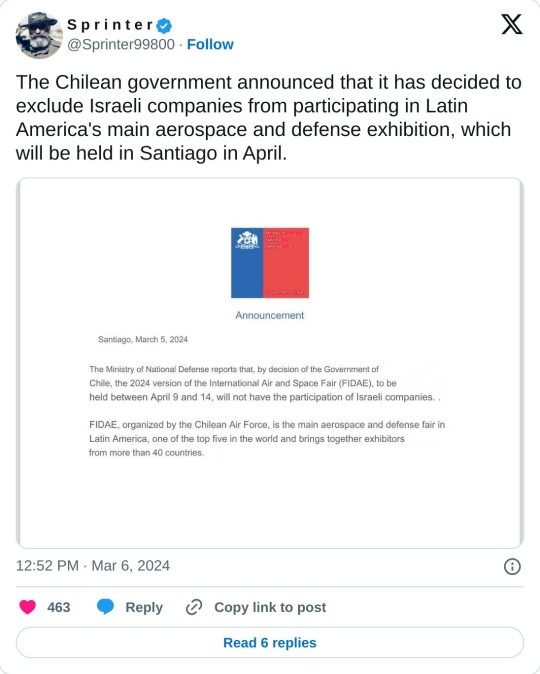
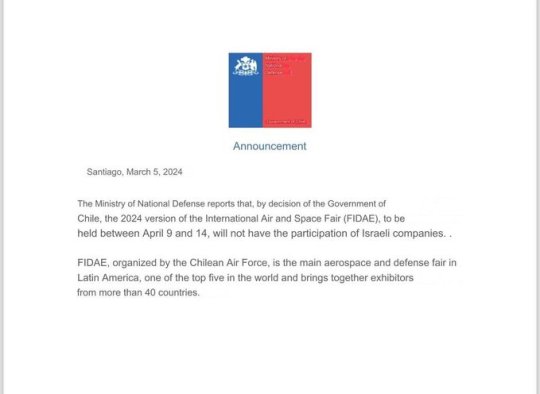
This is huge. Apartheid South Africa collapsed largely because other countries didn't want anything to do with it (some were forced to take that position by the BDS movement)
#yemen#jerusalem#tel aviv#current events#palestine#free palestine#gaza#free gaza#news on gaza#palestine news#news update#war news#war on gaza#chile#boycott divest sanction#boycott israel#bds movement#genocide#gaza genocide
14K notes
·
View notes
Text
Una cámara rápida captura el retroceso del agua en la bahía de Hanalei, Hawaii, retrocediendo más de 30 metros de su línea costera habitual
20 notes
·
View notes
Text




Gatxs y calle / 01
5K notes
·
View notes
Text



Fire skies
Desierto de Atacama, Copiapó, Chile.
#photography#art#nature photography#photographers on tumblr#landscape photography#sunset photography#clouds photography#artists on tumblr#forest photography#summer photography#travel photography#landscapes#desierto#atacama#chile#adventure#mountains#aesthetics#lensblr#south america#nature#cloudscape
6K notes
·
View notes
